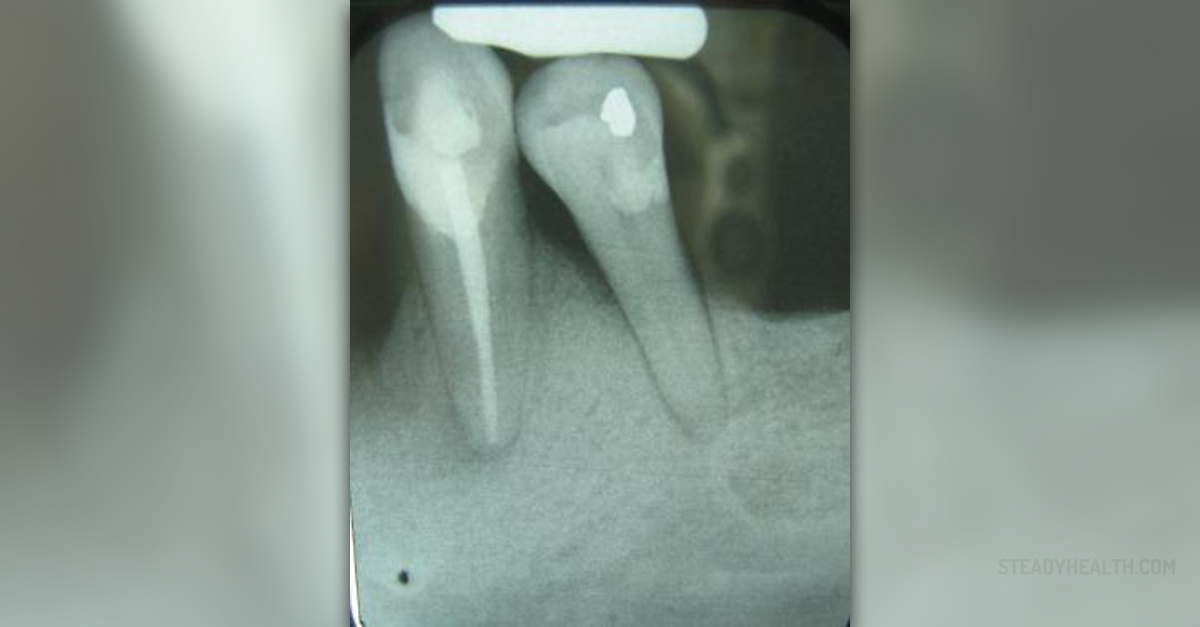
Periodontal disease, or simply um disease, is a very common problem that affects many Americans each year. It can range from minor gum inflammation to severe tissue damage and in some cases, it can lead to teeth loss. Diagnosing and treating this problem early is very important.
What causes periodontal disease?
Bacteria are always present in the mouth to some extent. One of their byproducts is clear, soft coat on the teeth called plaque. Plaque can be easily removed with regular brushing and flossing, but if it is not completely removed, it can progress, harden and form tartar, which is not easy to remove.
The longer tartar and plaque are on the teeth, the more damage they can do. Tartar eventually leads to inflammation of the gums, called gingivitis, when gums become red and swollen and bleed easily. This form of gum disease is mild and can be reversed.
If gingivitis is not treated, it can progress into periodontitis. In this disease, the gums pull away from the teeth, forming sockets that host the bacteria and become infected. The infection spreads around the tooth, compromising it and damaging tissue and even bone. This can lead to teeth loss.
Symptoms of periodontal disease
In the beginning, the first signs of periodontal disease are those associated with gingivitis, like red, swollen gums that bleed easily, for example when chewing or brushing. Another common symptom is bad breath. As the disease progresses, it becomes painful to chew, teeth are sensitive and painful, become loose and may even fall off. In addition, as the gum line recedes, the teeth may appear longer.
Treatment for periodontal disease
The treatment for gum disease depends on the extent in which the disease has progressed. In early stages it can be controlled by regular deep cleaning, scaling and root planing. In these treatments, performed by a dentist or a periodontist, the tartar is scraped clean from the teeth. Root planing removes rough spots on teeth where the bacteria are likely to gather.
There are also medications that help remove the bacteria that cause the infection, and they often come in form of mouthwash. Certain medications can be placed directly into the socket, and in severe cases oral antibiotics are also an option.
There are several surgical options for periodontal disease. These include flap surgery and bone and tissue grafts. In flap surgery, the surgeon or the dentist lifts back the gums, accesses the tartar and removes it, suturing the gums afterwards.
Bone or tissue grafts are techniques used to replace or encourage the growth of new tissue or bone that is damaged or lost due to the disease.
Since each case of periodontal disease is different, it is recommended to talk extensively with the dentist and maybe as for a second opinion.


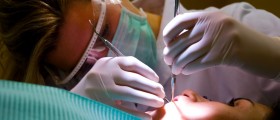
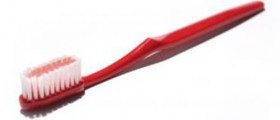
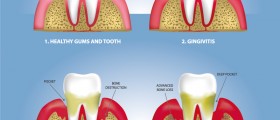

,-Don't-Ignore-Receding-Gums_f_280x120.jpg)

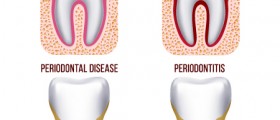
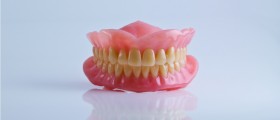


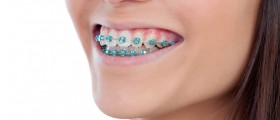

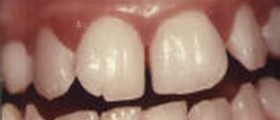


Your thoughts on this
Loading...